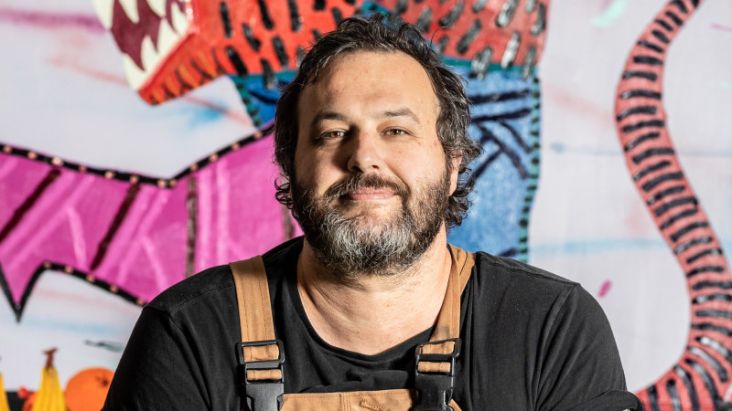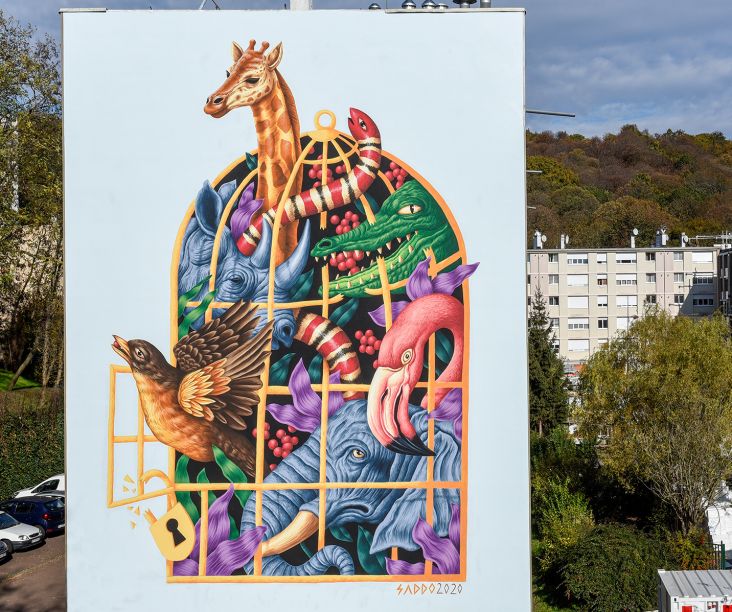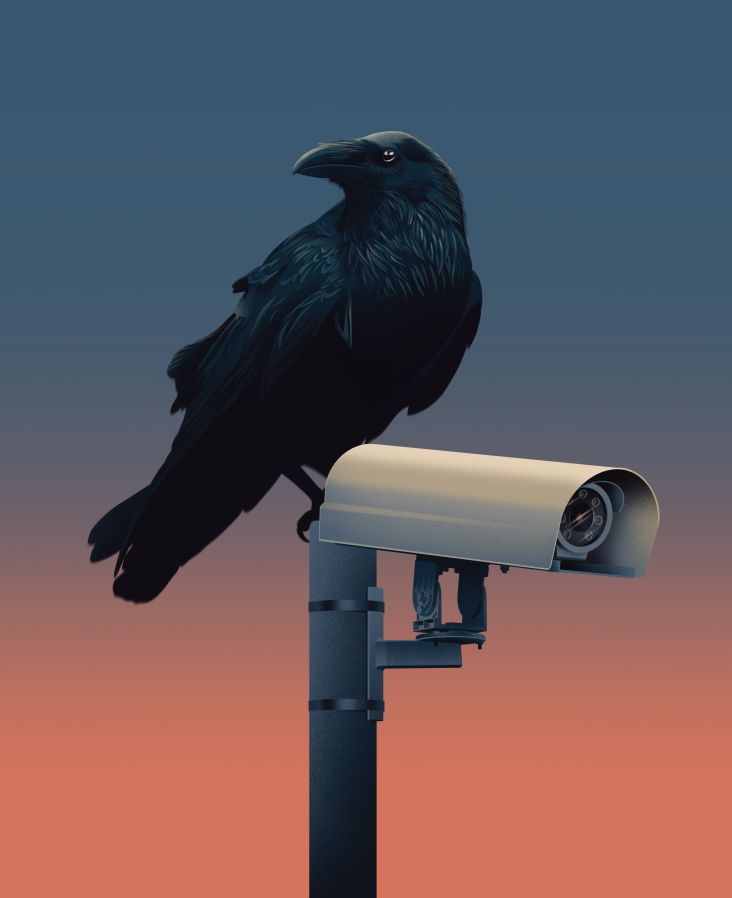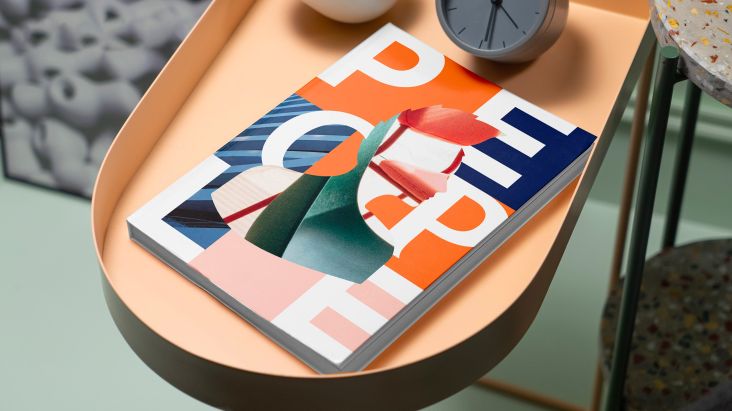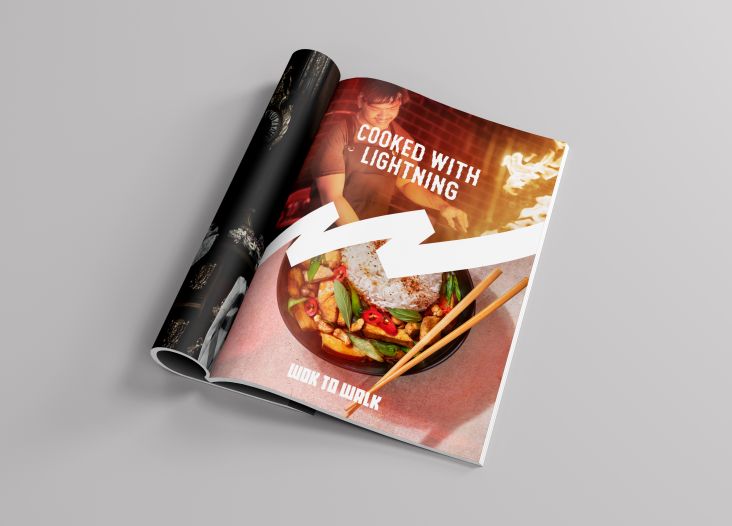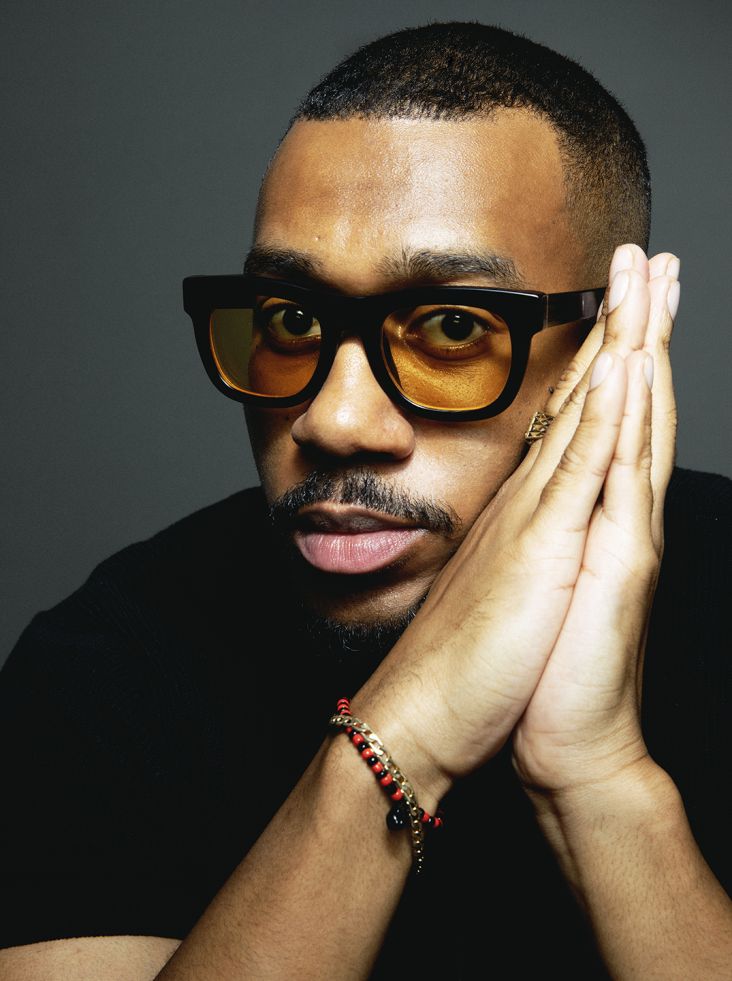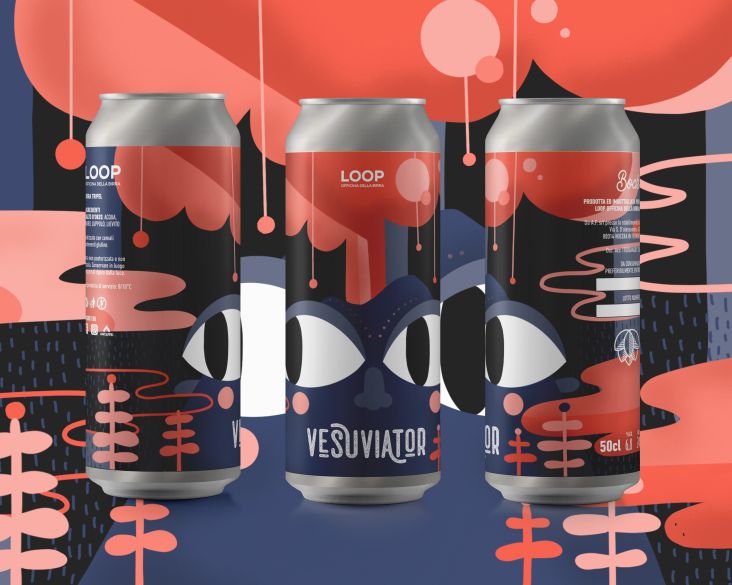Top five must-see art shows in December from fashion to sci-fi and sculpture
December's a great time to catch up on the shows and exhibitions you've missed earlier in the year. We pick out the best events for the next month.
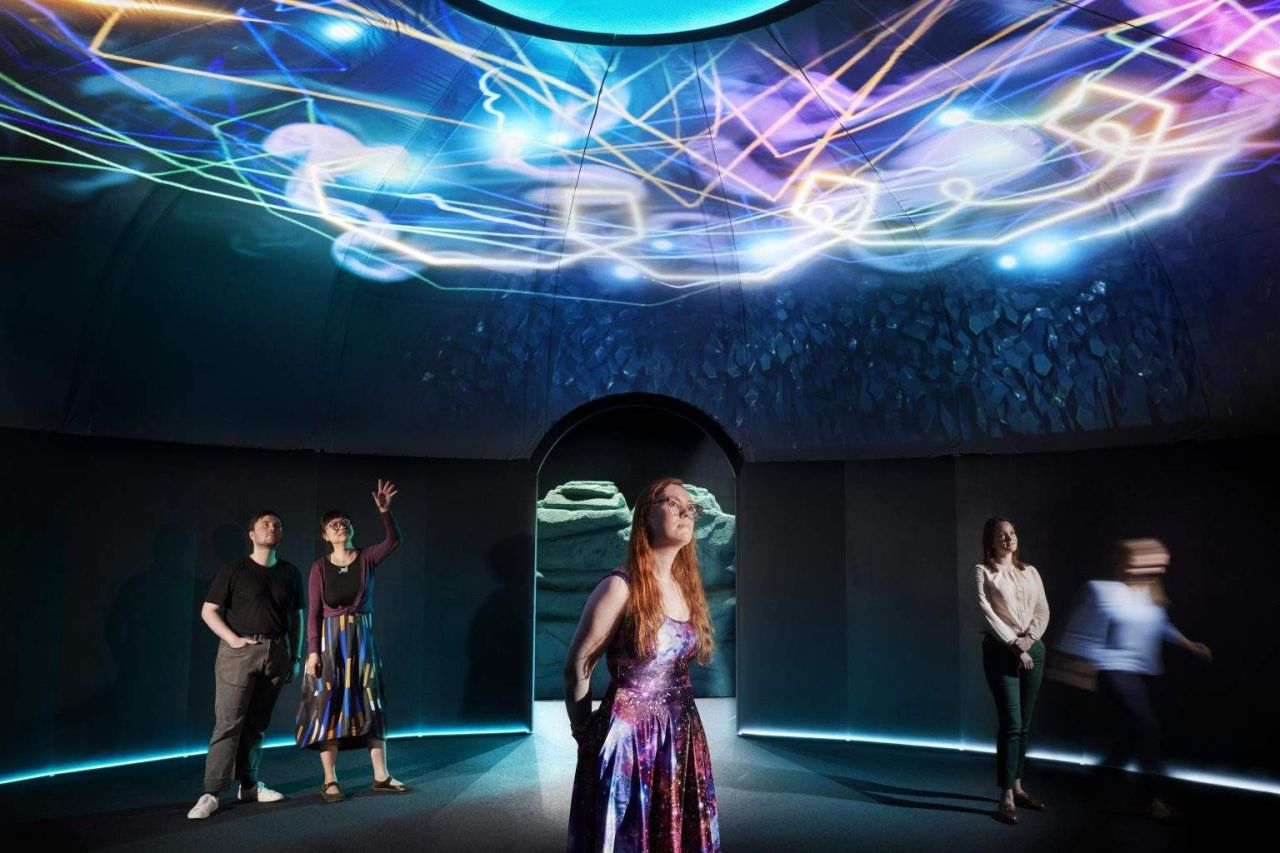
Visitors inside the Off-World section of the Science Fiction: Voyage to the Edge of Imagination. Image: Science Museum Group
Take a breath and take a deep dive into these not-to-miss shows, which take in the world of outer space to exploring the psyche and the changing style of clothes. Anyone watched the TV documentary Kingdom of Dreams about the fashion industry? It's brilliant.
Science Fiction: Voyage to the Edge of Imagination
The imagination knows no bounds in science fiction. We can create new worlds with strange and mysterious creatures, multiple universes, time travel, aliens, robots, and extra-terrestrial lifeforms. Sci-fi has spawned a rich visual feast from Blade Runner and Star Wars to Wakanda Forever.
The Science Museum's blockbuster exhibition brings together more than 70 objects that explore how scientists and science fiction creatives have had a mind-meld with each other. The exhibition is created by the London-based creative studio Framestore. And the design plays with ideas of how alien life forms might communicate with each other through audio-visual design. It's stirring stuff which makes you think out of the box.
One of the highlights is an artwork by Yao Lu, a photocollage that, at first glance, seems to be in the style of a traditional Chinese landscape painting, conventionally beautiful with motifs of natural beauty. But look closer, and you will see a dystopian world decorated with a metal urn from Hiroshima, bent out of shape by the nuclear blast of an atom bomb. There is a poster of Godzilla, which hark back to the original artwork of Noriyoshi Orai, a nightmarish vision of what happens in a post-apocalyptic world.
But it's not all doom and gloom. You can spend hours here, looking at props from sci-fi films and TV, from a Lieutenant Uhura costume from Star Trek: The Motion Picture to the Dalek from Doctor Who and a Darth Vader helmet created for Star Wars: Episode V – The Empire Strikes Back.
Science Fiction: Voyage to the Edge of Imagination at the Science Museum is on until 4 May 2023.
In Fashion: How a Changing World Shaped What We Wear
Head to the Museum of Somerset, which is putting on some really exciting shows. This exhibition looks at how changes in society have shaped fashion from the 18th century until the present day.
So much has been said about fashion. Although not a dedicated follower of fashion herself, Virginia Woolf was one of the most insightful about it. "Vain trifles as they seem, clothes have, they say, more important offices than to merely keep us warm. They change our view of the world and its view of us."
Not only are there 27 outfits to drool over, but perhaps more significant is how they are made, with paper sewing patterns and war-time ration books, which reflects the impact of the two World Wars, which brought many changes to 20th-century fashion. Among the items on display are a First World War uniform and a Women's Land Army uniform. The show charts the change in women's clothes, reflecting gender equality and sexual liberation. The constricting dresses from the 1930s to mini dresses and hot pant suits demonstrate the immense changes that have happened over 100 years.
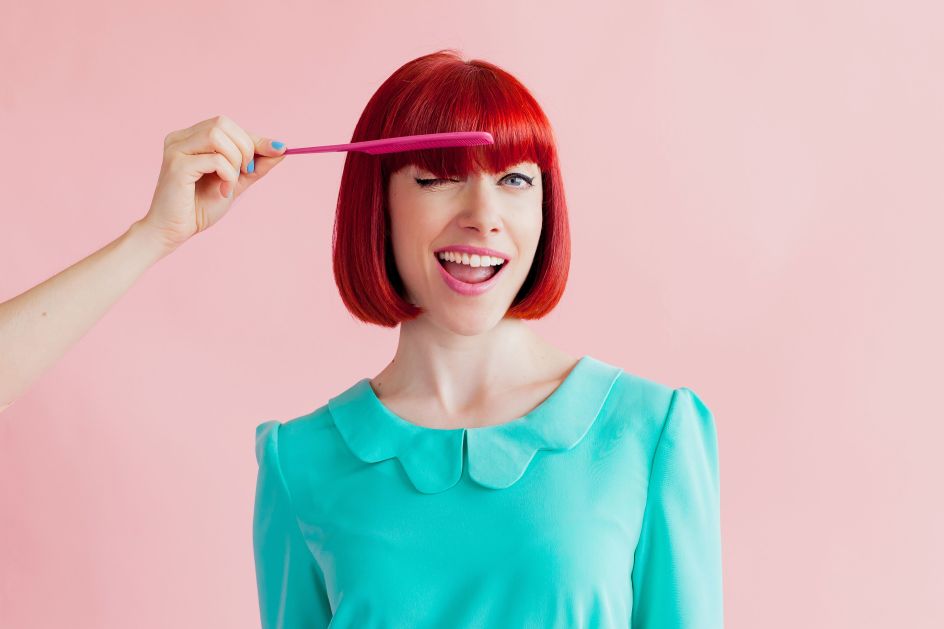
Dress historian Amber Butchart is giving an illustrated talk, considering how technology has impacted fashion media.
Gender equality, sexual liberation, and the media have particularly powerful effects on women's fashions. A velvet bias-cut dress from the 1930s shows the beginnings of Hollywood's influence on fashion. A teddy boy suit, a mini dress and a hot pantsuit from the 1950s and '60s are further expressions of a new zeitgeist and individualism.
On 26 January 2023, dress historian Amber Butchart is giving an illustrated talk, considering how technology has impacted fashion media, tracking the circulation of style from the page to the screen, from 18th-century periodicals to Hollywood's Golden Age.
In Fashion: How a Changing World Shaped What We Wear is on at the Museum of Somerset until 18 March 2023.
Barbara Hepworth: Art and Life
"Art at the moment is thrilling," Barbara Hepworth once remarked. "The work of the artist today springs from innate impulses towards life, towards growth - impulses whose rhythms and structures have to do with the power and insistence of life."
In a retrospective of Hepworth's work, one of the most influential British artists of the 20th century, there's a panoply of sculptures, paintings, drawings, prints and designs. It's an extraordinary collection that takes in 50 years of her work.
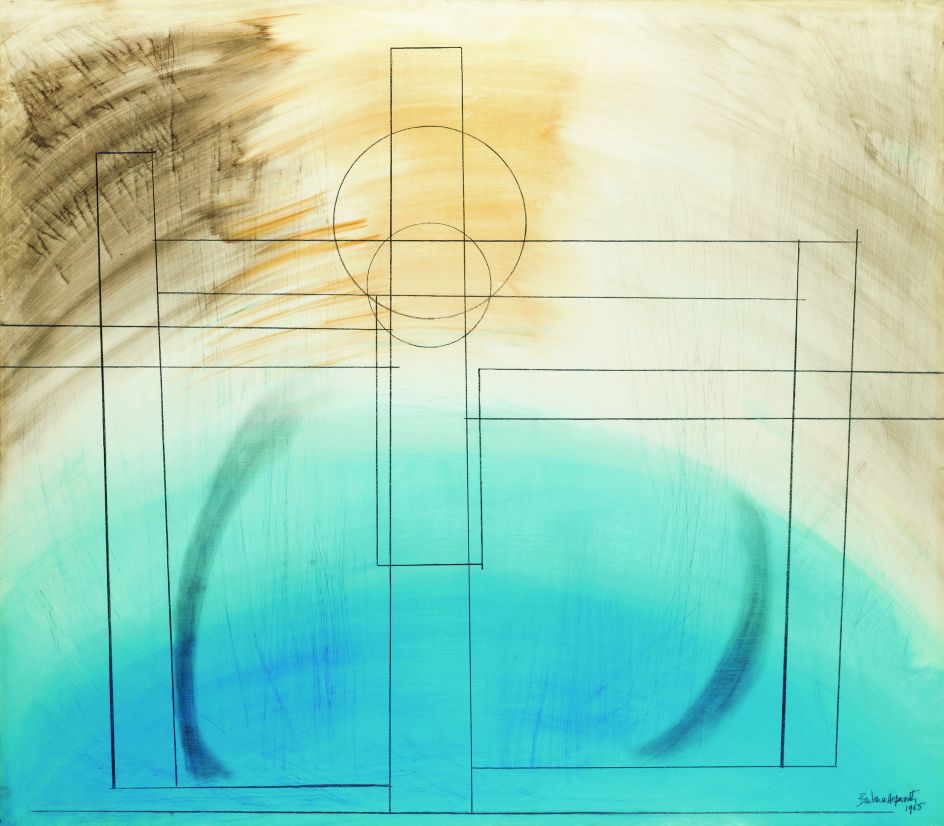
Sculptor and artist Barbara Hepworth receives a long-overdue retrospective at Tate, St Ives. Construction 1 1965 © Bowness. Image courtesy of The Ingram Collection.
She was at the forefront of modern art during the 1920s and continued to sculpt and paint into her seventies. Hepworth has not had the same acclaim as her male contemporary Henry Moore has, and this exhibition goes some way to redress the balance.
Barbara Hepworth: Art & Life, Tate St Ives until 1 May 2023.
Plastic: Remaking Our World
Plastic. Such an emotive word today. We think of islands in the ocean made up of plastic waste taking 1,000 years to decompose and of dolphins strangled by fishing nets. And yet, there was a time when plastic was a wonder substance, where artists and designers used it to make everything from clothes to phones to household goods.
The exhibition at the V&A Dundee museum (which is an incredible building, well worth visiting just to look around) ponders on the question: "How did we get here?". It's one we've all asked ourselves, and in plastic's case, a particularly interesting journey.
It was once the material of choice for contemporary design, used by Rennie Macintosh in 1916 for a cabinet with plastic inlays, and it's one of the exhibits in the show, a modernist treat in a contrasting black and yellow design.
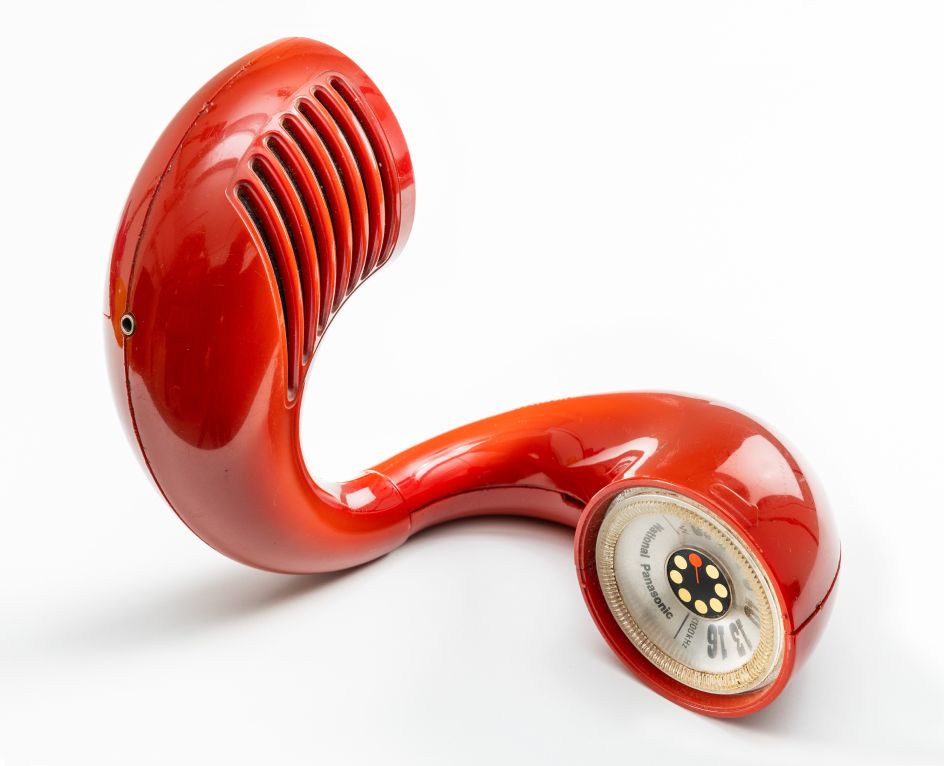
The national Panasonic Toot-a-Loop radio model R-72 S, 1972 was designed to be worn around the wrist like a bracelet or carried like a purse. Image: V&A Dundee.
Plastic also lends itself fabulously to kitsch; it seems made for it. There's a pineapple syrup bottle from 1958. Produced by Cascelloid for Edward Hack, London, and made out of polyethylene. You can just imagine it on the hostess trolley pushed along by Alison Steadman in Abigail's Party, a play that explodes the myth about the safe suburban setting of domestic bliss.
Along with the pop-era plastic objects from architecture, furniture and product design, space is also given to what we can do to stop plastic pollution in our oceans, such as bioplastics made from algae and mycelium. This is a fun and lively show with a serious side that shows both sides of the debate.
Plastic: Remaking Our World at V&A Dundee until 5 February 2023.
David Altmejd, the White Cube
This show should really have been held in March (read on, and you'll get a hint of why), but it's so out there that we couldn't miss featuring this one.
As you enter the ground floor of the White Cube gallery, there's a human figure with rabbit-like features seated cross-legged on a white platform. The giant, elongated ears reach up to the ceiling as if always on alert, ready to pick up any sound or reverberation. But this is no bunny, but an unsettling creature. The Hare, according to David Altmejd, is the animus behind the exhibition.
The Canadian artist is known for his elaborate stage sets, a platform upon which he can bring to life fantastical scenarios populated by beings constantly evolving. You can tell from his work that he is drawn to folklore and myth, a strange world where the battle between humans and animals, the fight between good and evil, exist.
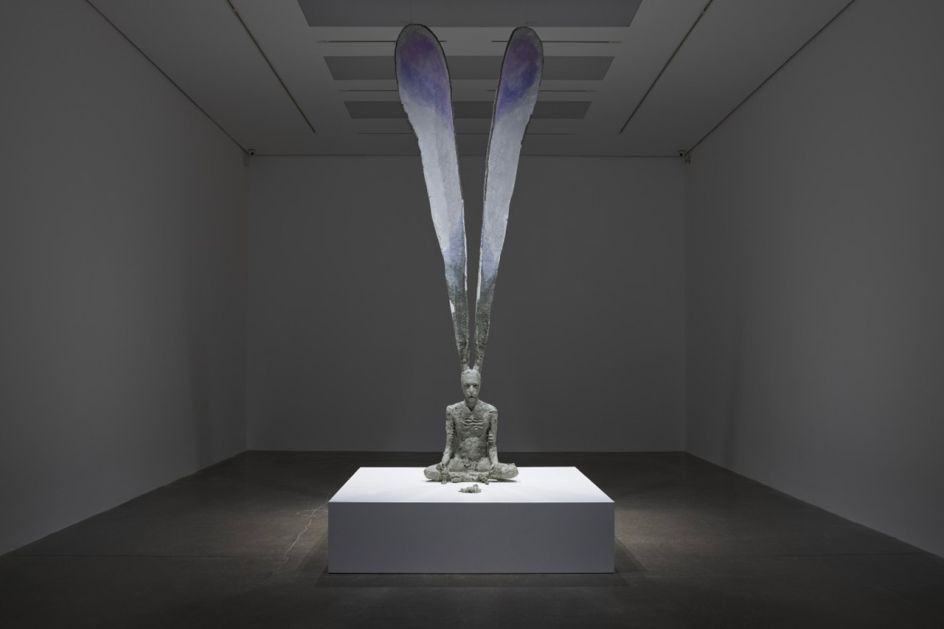
The trickster archetype by David Altmejd at the White Cube. Image: White Cube
Hence the symbolism of the hare. According to the psychoanalyst Jung, the hare represents the trickster. Jung said this archetype was fond of "sly jokes and malicious pranks, his powers as a shape-shifter, his dual nature, half animal, half divine." The Hare figure in the exhibition is eerie and unsettling.
We've all heard the expression "mad as a March hare", and this show opens up a skittish, off-kilter look at our inner thought processes, which are often disturbing. Altmejd seems fascinated by enormously large ears, which could signify a phallic obsession, but equally as a warning to stay alert, be hypervigilant and listen carefully for signs of danger in the world around you.
David Altmejd is at the White Cube Mason's Yard until 21 January 2023.








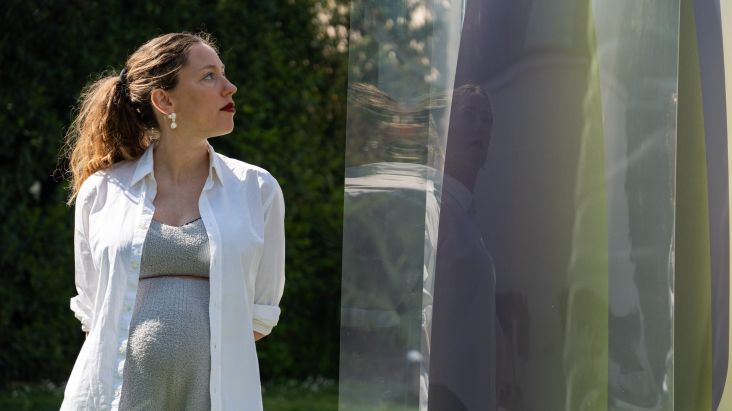
](https://www.creativeboom.com/upload/articles/86/862919952c0ad18439004228895a431dc6e45ffc_732.jpg)




